At The Money: Automate Your Investing with Jeffrey Ptak, Morningstar (November 6, 2025)
Have you taken full advantage of automating your investments? You can improve your returns, reduce emotional decision making, and generally end up with better results simply by putting your investing on autopilot.
Full transcript below.
~~~
About this week’s guest:
Jeffrey Patak is the managing director at Morningstar. Previously, he was the chief ratings officer. He oversees the firm’s “Mind The Gap” research.
For more info, see:
Personal Bio
Professional site
LinkedIn
~~~
Find all of the previous At the Money episodes here, and in the MiB feed on Apple Podcasts, YouTube, Spotify, and Bloomberg. And find the entire musical playlist of all the songs I have used on At the Money on Spotify
TRANSCRIPT:
Musical Intro: Ah baby, Do it baby, Dancing, dancing, dancing, She’s a dancing machine Ah baby, Move it baby, Automatic, systematic, Full of color, self-contained, Tune that channel to your box
To help us figure out how, let’s bring in Jeffrey Patak. He’s managing director at Morningstar. Previously, he was the chief rating officer there. He’s been with Morningstar since 2002, and his research has shown features like auto enrollment or contribution increases, default investments and target date funds enable investors to bypass. Common pitfalls of market timing and emotional trading, so.
So Jeffrey, let’s define the automation features you’re discussing in your research.
Things like steady paycheck, deductions, and regular rebalancing. How can an investor set that up?
Jeffrey Ptak: It’s relatively straightforward if, if you’re working with a brokerage platform to enable those types of features in some other contexts, like a retirement plan, it might be standard plan features.
In fact, you might be defaulted into them and so away you go. And so it, it’s well within our reach as investors either to, to switch these features on at our own election or to be opted into them, uh, as we would be in a retirement plan.
Barry Ritholtz: Explain the difference between auto enrollment and auto escalation.
Jeffrey Ptak: For sure. Yeah. So auto enrollment, the, the notion is. You’re auto-enrolled, you’re, you become a participant in the retirement plan. Auto escalation is you’re in the plan, and then your contribution rate is steadily increased at a predetermined level. And so you know, one is about being in participating. The second is about the extent to which you are participating, both valuable.
Barry Ritholtz: Your research has found automatic investing reduces bad investor outcomes, reduces behavioral errors, promotes consistency. Sounds a little too good to be true. What sort of data have you found that supports automation leading to improved investor returns?
Jeffrey Ptak: It’s a bit inferential because we’re not a brokerage platform, and so we don’t have sort of a tick data. Nevertheless, we can look at the types of funds and where they tend to be used and whether automation is common in those settings, and draw some conclusions.
One of the more striking findings from our research, this is the Mind the Gap study that we conduct, is that investors and allocation funds the most popular version of which are target date funds. They do the best job of capturing their funds, total returns. That is, they experience the fewest frictions related to the timing and magnitude of their transactions over time.
And what do we know about target date funds? We know that people are commonly defaulted into them, that they regularly invest in them just as part of their regular, payroll deduction that takes place. They’re kind of the signal example of automation.
Then take some other examples of fund types that you wouldn’t find in a retirement plan, like maybe the quintessential example as a sector fund or a thematic fund. You’re typically not going to find those in a planned lineup. We found those have some of the widest gaps. And why is that? They’re not used within that gilded cage of a retirement plan. Furthermore, they might be more subject to discretionary, ad hoc off-cycle trading decisions where there might be a greater propensity to trade on emotion than would be the case with something like a target date fund.
Barry Ritholtz: And, and it sounds like the key advantage of automation is it tends to reduce unnecessary trading and it also reduces the emotional responses to just ordinary market volatility.
Jeffrey Ptak: It does. It’s the best kind of inertia I would say.
We know that, you know, market bobbles can be unnerving to investors and left to their own devices. They might make a change to their allocation. They could elect to remove capital from the markets, and we know how harmful that can be to their long-term compounding power.
Whereas in these settings, because they just continue to mechanically add to their investments. Those investments in turn, you know, take care of some of the mundane tasks like rebalancing and adjusting the asset mix. They just get on with it, and I think that works to their benefit over the long term and certainly our research seems to bear that out.
Barry Ritholtz: We talked about the investor gap, uh, between their actual performance and their funds performance. When we’re looking at automated target date funds or automated allocation funds, how measurable is the gap between those and people who kind of self-manage that allocation?
Jeffrey Ptak: With allocation funds, the largest subset of which are target date funds, we found almost no gap. It was basically 0.1 percentage points per year. Then when you focus on every other type of fund, we found that the gap was around 1.2 percentage points per year. Now, yes, among those other types of funds, it is quite possible that some are using them in an automated fashion. Maybe they have some sort of investment plan that they’ve set up or they’ve otherwise mechanized the process.
But I think it stands to reason that for a fairly large subset of that capital, it’s being invested in a more discretionary fashion. And so you can see the difference between the two of those. It amounts to around 1.1 percentage points annually of return that’s being foregone effectively.
Barry Ritholtz: What are the automation features that have consistently good benefits for investors?
Jeffrey Ptak: Probably the biggie is auto enrollment. We don’t have as much data that we collect, but there are others like Vanguard – they put out a terrific annual study called “How America Saves.” In the most recent edition, they reported 61% of the plans they service as clients at auto enrollment and two thirds of those plans that offered auto enrollment also offered auto escalation. And those that that auto enroll, 98% of them are defaulted into a target date and, and strikingly the average participant holds only two funds, so that gives a sense of the reach of automation in our retirement system.
If I had to choose between the two of those, auto enrollment versus auto escalation, it’s a bit of a false binary, but all the same. I would say auto-enrollment is far, far more important. Why is that? It’s because we want people participating so that they can compound their wealth.
Even if they were to experience a return gap, we would rather that they get some, if not all of their funds, returns and auto enrollment and sees to that.
Before the default settings, there were stories were rife about people working in places for years and the money just piled up in cash and did nothing. It’s kind of, it’s kind of crazy. That leads to an obvious question. How widespread has the adoption of automation been in the various retirement ecosystems that are out there?
Jeffrey Ptak: It’s become very widespread. You’re talking about two thirds of plans that offer auto enrollment and, and then also a very significant number, auto escalation as well.
One other thing from the Vanguard study that I mentioned before that I found quite telling, they found that 1% of target date fund investors transacted. Last year, that’d be 2024. Compared to 11% of investors in other types of funds. And so it just gives a sense not only, the breadth of automation that’s taking place here, but also some of the benefits it confers in tamping down transacting that we see within these plans.
Barry Ritholtz: Any particular demographic groups stand to benefit more or less from automating these strategies?
Jeffrey Ptak: That is a great question. It was, it was one of the most eye-opening findings from that study. They found that auto-enrollment disproportionately benefited younger and lower-earning participants. You were really talking about a quantum among those cohorts.
And I think that’s critical because we wanna get those folks into plans, in some senses you are talking about socioeconomic demographics that may be more vulnerable, that otherwise wouldn’t have the opportunity to compound wealth in the way we’d like to see. Auto-enrollment has helped to ensure that those gaps get closed.
I think that’s a really, really telling and encouraging finding from their study.
Barry Ritholtz: What, what about non-qualified plans, portfolios outside of 401Ks or IRAs? What can we do to automate those sort of holdings?
Jeffrey Ptak: One thing that you can do is you can set up sort of an auto investment plan, um, very similar to the kind of setup that you would find in a retirement plan. Put that on autopilot. And then I would say to the extent that you can automate your investments
It’s important to have a plan, first of all, but then once you’ve got that plan, you know, maybe it’s an allocation fund, a target date fund, or a target risk fund where you’re fixing the percentage of equity, fixed income and other asset classes, and that obviates the need for you to go in and make adjustments on your own.
Automate, automate, automate. I think those are the key things to ensure that we capture as much of our funds total returns and compound as we can.
Barry Ritholtz: There are a lot of new digital investing tools and AI is starting to have an impact on various strategies. What do you think is going to have a powerful impact on both automation and future investor outcomes?
Jeffrey Ptak: I think, you know, I’m an avid user of AI. I know how beneficial it’s been in my own work, making me more productive. It confers the same sorts of benefits to investors. Maybe helping them to formulate a plan, maybe figuring out the optimal way. For them to allocate their assets, you know, and otherwise sort of keeping them to, you know, sort of the goals that they’ve set consistent with their risk parameters.
The other side of it is it can engender overconfidence. Maybe we feel like we’ve got the capacity to make trading decisions that maybe really are outside of our circle of competence. We just wanna make sure like so many of these other tools and resources we have available to us, we use it in a way that advances our goals. And we don’t get carried away in an overconfident way, in an impulse that we’re likely to succumb to from time to time.
Barry Ritholtz: For either an individual investor or perhaps a financial advisor. If they’re seeking to automate investments, what are the most important factors they should be thinking about when they’re either selecting a platform or a tool to use to help automate?
Jeffrey Ptak: That’s a great question. So, you know, one of the corollaries to automating, at least in a retirement plan context, is it is a little bit of an all in one decision so typically the target date fund is gonna be offered by a single provider.
What, what, what, what that means is that we wanna make sure that, you know, we’re fair, feeling very confident about that organization’s culture, about its staying power, about its overall investor centricity. Those aren’t necessarily easy things to tease out, but I think a little bit of research can tell you whether or not this is a firm that has a certain kind of pedigree, a certain kind of reputation.
Look at the fees that it levies, fees speak volumes about organizational fiber, so to speak. And I think if you can go through and satisfy yourself that this is an organization that has my best interests at heart, that it’s levying a fair fee and is likely to be around for the years to come over which I’m looking to compound. Those are all good facts and I think that they portend well for you to succeed in capturing your fund’s return and compound some real wealth over time.
Barry Ritholtz: To wrap up, there are lots of automated tools that you could use, platforms specific allocation funds, other things you can do to improve your returns, reduce emotional decision making, and generally end up with better performance simply by putting your investments on autopilot.
I’m Barry Ritholtz; You are listening to Bloomberg’s at the Money.
~~~
Find our entire music playlist for At the Money on Spotify.
The post At the Money: Automate Your Investing appeared first on The Big Picture.
 Click on graph for larger image.
Click on graph for larger image.
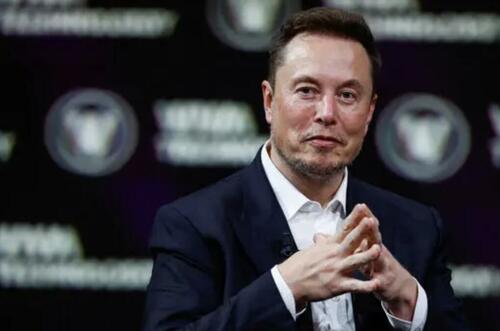
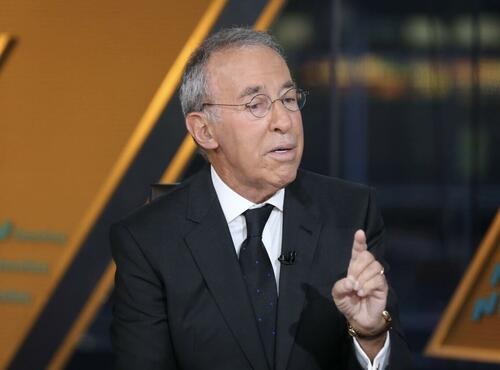 Photo: Baron, CNBC
Photo: Baron, CNBC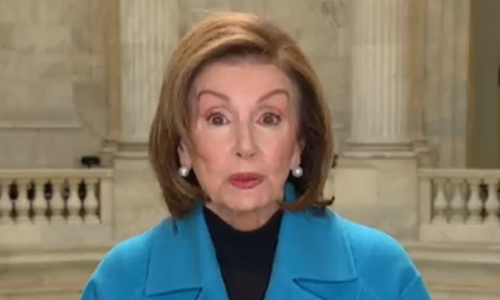
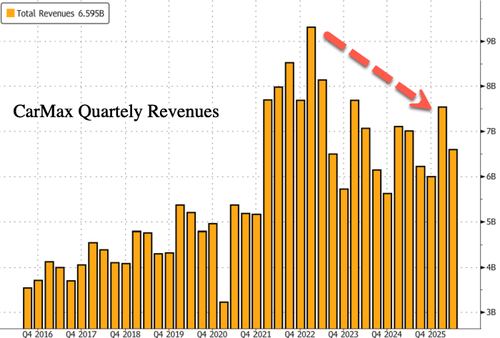
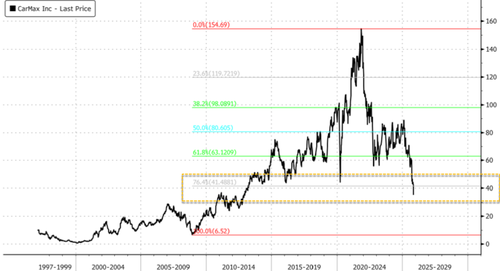

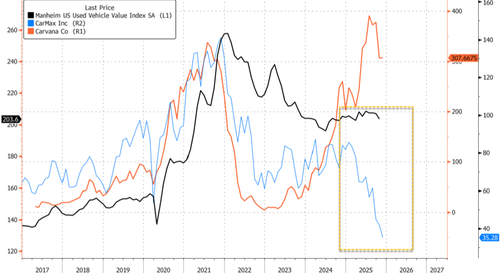

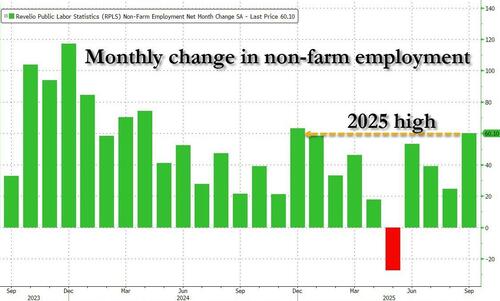

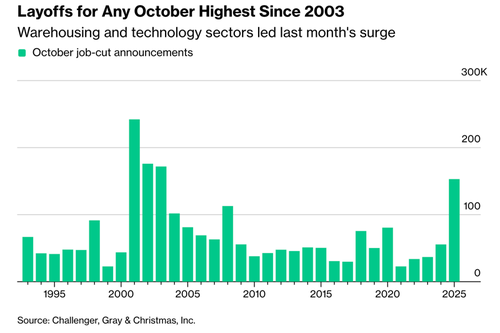
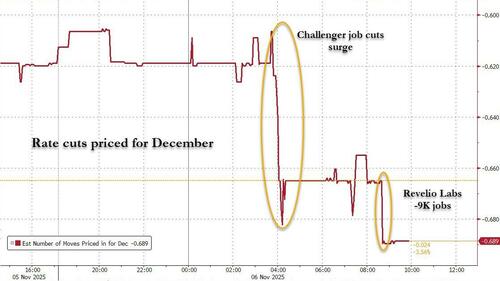

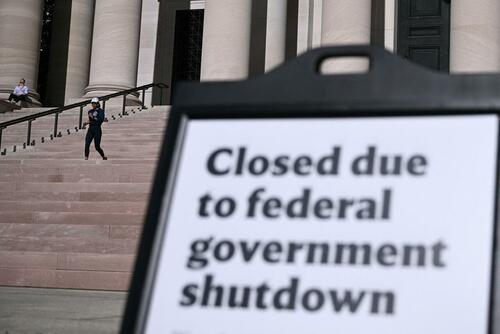
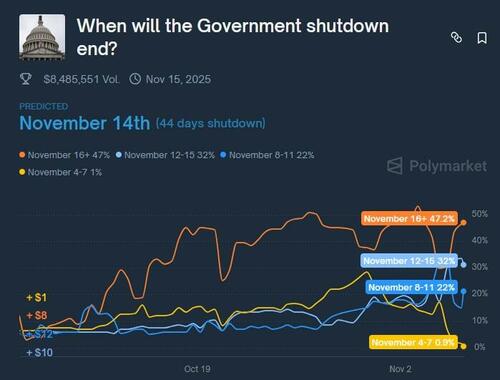
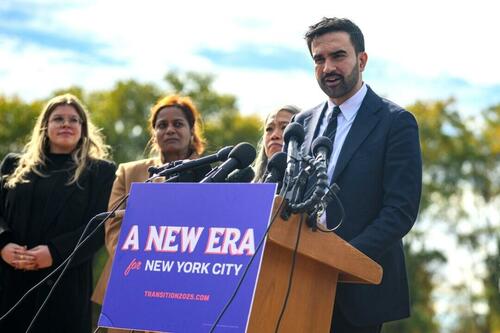
 Source: Bloomberg
Source: Bloomberg 


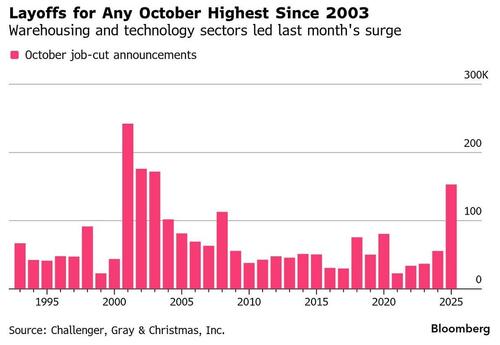


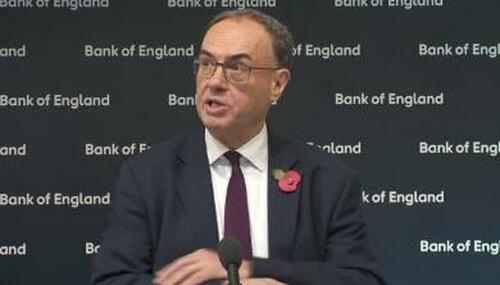
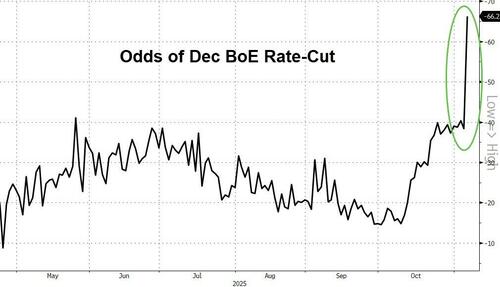


Recent comments